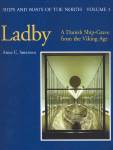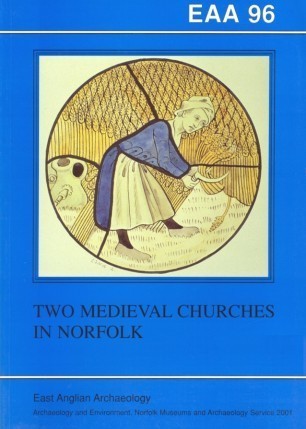
Format: Paperback
Pages: 104
ISBN: 9780905594330
Pub Date: 31 Dec 2001
Series: East Anglian Archaeology Monograph
Illustrations: 59 b/w figs, 31 b/w pls, fiche
Description:
Reports of two church excavations, St Martin-at-Palace, Norwich and St Michael, Bowthorpe, undertaken prior to their re-building and re-use. The reports cover the earliest evidence for occupation of the site and the phases of re-building, repair and ruin (in the case of St Michael's) from the Anglo-Saxon period through to their present state.
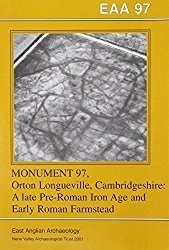
Format: Paperback
Pages: 89
ISBN: 9780952810513
Pub Date: 31 Dec 2001
Series: East Anglian Archaeology Monograph
Illustrations: 13 b/w pls, 43 b/w figs, tbs
Description:
Identified from cropmarks and excavated in 1974, the site consisted of three enclosures belonging to a small farmstead lasting from at least the later 1st century BC to the middle of the 2nd century AD. The evidence of the houses is that the site had been inhabited by a single family group at all times and had developed in tandem with the growing complexity of landscape division, and almost certainly was closed down in favour of another site nearby. After it was abandoned, its earthworks were incorporated into the Roman field system and, eventually, the corner of an enclosure was used for a small cemetery of nine burials

Format: Hardback
Pages: 155
ISBN: 9788788415070
Pub Date: 31 Dec 2001
Illustrations: 70 plates
Description:
Luristan in Western Iran was largely inaccessible to foreigners until the early 1960s when a new road linking the Great Khorasan Road with Susiana or Elam was built by the Danish engineering firm, Kampsax. This volume presents the settlement and tombs and graves of the centuries around 1000 BC, and includes identifications of animal and human remains, and teeth found there.

Format: Hardback
Pages: 207
ISBN: 9788788415100
Pub Date: 31 Dec 2001
Description:
The initial aim of the Danish archaeological campaigns in Bahrain was to look for settlements contemporary with the "Hundred Thousand Gravemounds". After the first few campaigns it was evident, however, that the island was such a rich archaeological field that investigation of all periods from the earliest flint-using culture to the later Islamic world was called for. Among the Islamic remains was an exceptionally fine collection of Early Islamic pottery and glass recovered from the rubbish which filled up a well at the Barbar site where a temple from around 2000BC was excavated.
These remains are published in this volume along with finds from the Islamic settlement at the Qala'a mound, especially the Islamic Fortress.
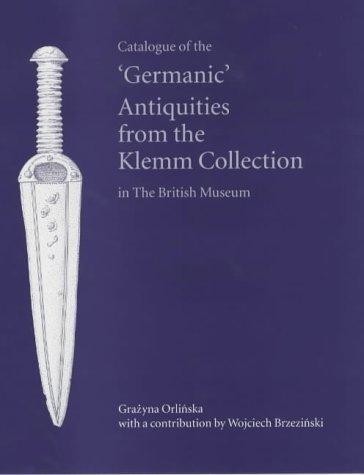
Format: Hardback
Pages: 174
ISBN: 9780714123189
Pub Date: 01 Dec 2001
Illustrations: plus 137 b/w pls, 5 b/w illus, 4 maps
Description:
Gustav Friedrich Klemm was a 19th century scholar and collector of antiquities. Part of his collection which was purchased by the British Musuem in 1868, forms the subject for this book. It largely comprises a catalogue of material from the Old Germanic Confederation, with objects dating from the Neolithic to post-Medieval period.
The catalogue is preceded by a discussion of the cultural and historical context of the objects and of the collection as a whole, along with some new analyses of items and comments on provenance and chronology. An important reference source since much of this material has not been properly published until now.
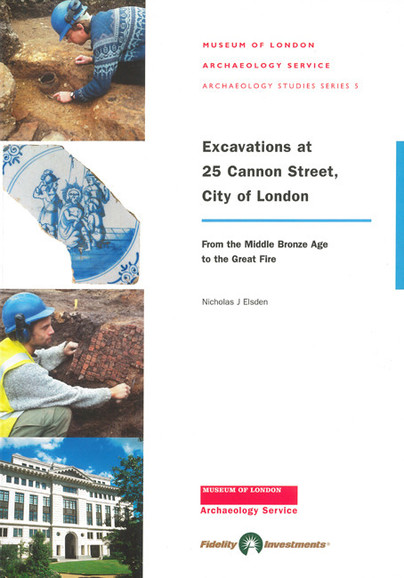
Format: Paperback
Pages: 73
ISBN: 9781901992229
Pub Date: 01 Dec 2001
Series: MoLAS Archaeology Studies Series
Illustrations: 51 b/w illus
Description:
This report provides a chronological account of excavation findings at 25 Cannon Street, supported by many illustrations and specialist contributions. The dig revealed a long sequence of occupation, and adds to findings made on the site in 1954. Redeposited pottery provided rare evidence for Middle Bronze Age activity in the area of the City of London.
Early Roman quarrying and timber buildings were followed by increased development from c. AD 70. By the late 2nd century the area included masonry buildings, some possessing tessellated floors. Building alignments indicate the route of a Roman road immediately to the north of the site, beneath Watling Street. One Roman building was occupied until the late 4th century, its ruins covered by 'dark earth'. Four cellared buildings had been constructed on the site by the mid 11th century, and pre-dated Friday Street and the Church of St Werburga, later St John the Evangelist. The church was founded between 1098 and 1108, and was rebuilt with a wider chancel in the 13th or 14th century. Medieval and later buildings, cellars and cesspits were associated with occupation up to the Great Fire.
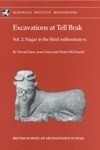
Format: Hardback
Pages: 643
ISBN: 9780951942093
Pub Date: 01 Dec 2001
Series: McDonald Institute Monographs
Illustrations: 100s of b/w figs and illus
Description:
Tell Brak, ancient Nagar, was one of the most important cities in northern Mesopotamia in the third millennium BC and a focus of long-distance trade. It was also, for about a century, a provincial capital of the Akkadian Empire founded by Sargon of Agade. This is the second of four volumes on the 1976-93 excavations at Tell Brak.
The construction level of Naram-Sin's Palace, discovered by Mallowan in the 1930s, has been used as a point of chronological reference to provide the first well-dated corpus of archaeological material in northern Mesopotamia belonging to the second half of the third millennium. The major Akkadian buildings at Tell Brak are the first well-preserved examples to be discovered at any site, and include a great ceremonial complex and a unique caravanserai that housed the donkey caravans bringing metals from Anatolia. During the ritual closure of these buildings beautiful silver jewellery was deposited, along with numerous copper/bronze tools and the skeletons of some of the caravan donkeys. Specialist reports provide detailed historical, geomorphological, ceramic, faunal, botanical, microstratigraphic and other data.
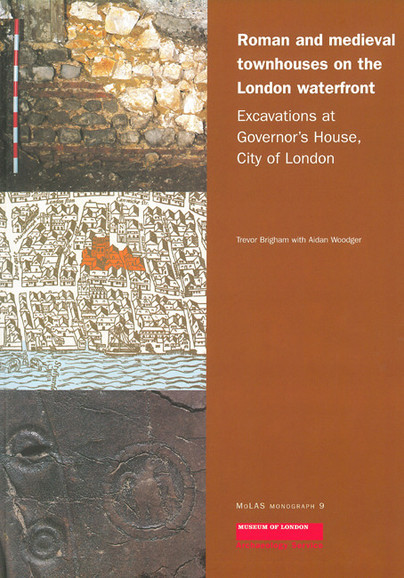
Format: Paperback
Pages: 140
ISBN: 9781901992212
Pub Date: 01 Dec 2001
Series: MoLAS Monograph
Illustrations: 74 b/w illus
Description:
The north bank of the Thames near Cannon Street Station was occupied by some of London's most prominent buildings in both the Roman and Medieval periods. Substantial stone walls revealed at the site in 1969 were initially interpreted as part of a Roman townhouse attached to the 'Governor's Palace' building complex to the west. In 1994-7 new excavations uncovered a prehistoric marsh, a riverside quay dated to AD 84 and a revetment constructed in c.
AD 100-200. Later Roman buildings were recorded on terraces overlooking the Thames. Two of these buildings predated the townhouse, and one of these may have been a goldworker's premises. Important new evidence for the ground plan and use of the later townhouse has revealed that it developed separately from other large Roman buildings to the west. Part of a Tuscan order column recovered from the site suggests that the building had some architectural pretensions and a high status. In the late 4th century the townhouse was demolished and the settlement abandoned. The first evidence of reoccupation at the site took the form of early 11th century pitting succeeded by sunken-floored or cellared buildings. The walls of the 14th century Pountney's Inn, later the Manor of the Rose, were recorded along Suffolk Lane. This volume presents the results of the archaeological work at this important site in a clear chronological narrative supported by many detailed illustrations and specialist reports.

Format: Hardback
Pages: 233
ISBN: 9781842170526
Pub Date: 01 Dec 2001
Illustrations: b/w figs and pls
Description:
This first volume in a series of works on Tell Kosak Shamali focuses on the Chalcolithic deposits at the site, or the Ubaid period. Located on the east bank of the Euphrates the site held an important strategic position and one which had a diverse set of resources available. Investigated since the 1980s and most recently by the University of Tokyo, this volume reports on the results of the excavations, detailing the geographical and cultural setting of the site, the architecture and stratigraphy, the radiocarbon dates, the nature of the finds and the history of the site in the Palaeolithic, Neolithic and Chalcolithic.
Evidence from Kosak Shamali provides important insights into the transition from Neolithic agrarian societies to more complex, increasingly urban societies of the Chalcolithic.
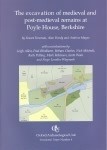
Format: Paperback
Pages: 27
ISBN: 9780904220223
Pub Date: 01 Dec 2001
Series: Oxford Archaeology Occasional Paper
Illustrations: 7 figs
Description:
Archaeological excavation at the site of Poyle House, a derelict Georgian country house, revealed limited evidence of earlier buildings on the site. These comprised the beamslots of a possible farm range, and structural remains of the north wall of a medieval house. The buildings formed part of the medieval Poyle Manor, and limited artefactual evidence suggests that occupation began during the late 11th or 12th centuries.
This short report focuses on the artefactual evidence (pottery, waterlogged wood, building materials, metal objects and worked flint) and environmental remains, dating back as far as the Mesolithic period.
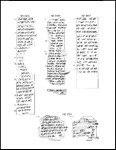
Format: Hardback
ISBN: 9780903472203
Pub Date: 01 Dec 2001
Illustrations: 327 pages, plus 64 b/w plates
Description:
In 1952 in one wing of the North-West Palace at Nimrud, ancient Kalhu, Max Mallowan excavated an archive room containing royal correspondence from the reigns of Tiglath-pileser III and Sargon II of Assyria. Subjects include Assyrian military activity in Babylonia and on the northern frontier, royal building projects, events on the Phoenician seaboard, and relations with King Midas of Phrygia. Some texts were published in Iraq between 1955 and 1974; the majority have remained unpublished until now.
Two hundred and forty-three texts are published here; most are in New Assyrian script and the remainder in New Babylonian. Chapters divide the tablets into the geographical areas they are concerned with. The texts are presented with transliterations, translation and notes. Plates at the end of the book give facsimiles of the tablets.
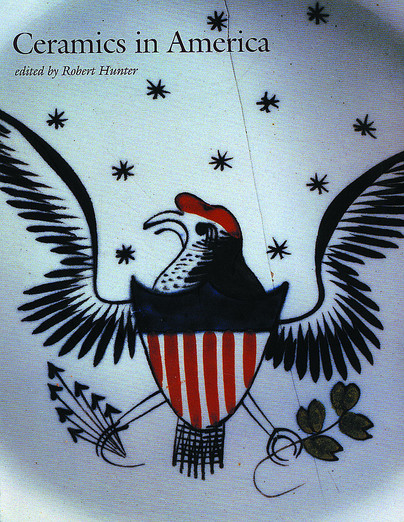
Format: Paperback
Pages: 312
ISBN: 9781584651338
Pub Date: 31 Oct 2001
Series: Ceramics in America Annual
Illustrations: 328 colour illus. End-paper illus.
Description:
At the beginning of the twenty-first century, scholarly interest in ceramics is at an all-time high. As a vehicle for much needed synthesis, Ceramics in America is an interdisciplinary annual journal that examines the role of historical ceramics in the American context. Intended for collectors, historical archeologists, curators, decorative arts students, social historian and contemporary potters, this third issue features a variety of ground-breaking scholarly articles, new discoveries in the field, and book and exhibition reviews for this diverse audience.
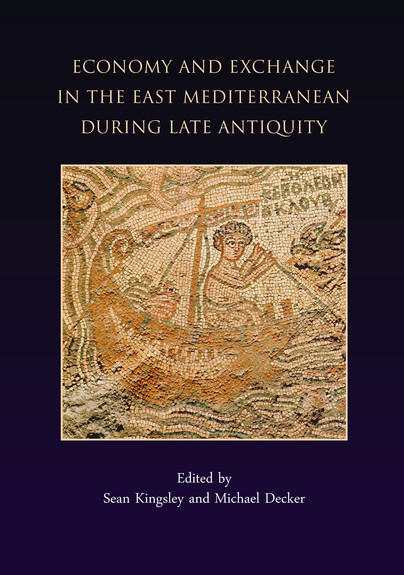
Format: Paperback
Pages: 184
ISBN: 9781842170441
Pub Date: 01 Aug 2001
Illustrations: b/w illus
Description:
The results of recent archaeological excavation, systematic rural survey and detailed studies of pottery distributions have revealed the extent and complexities of the economy in the eastern empire. The eight papers in this volume demonstrate this complexity and prosperity, examining several types of product and how the economy evolved over time.
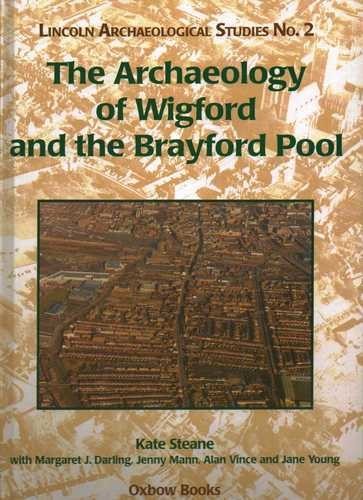
Format: Hardback
Pages: 368
ISBN: 9781842170212
Pub Date: 01 Apr 2001
Series: Lincoln Archaeology Studies
Illustrations: many b/w pls
Description:
The suburb of Wigford lies near the heart of the historic city of Lincoln. Before excavations began in 1972, nothing was known of the prehistory of the area and so the arrival of the Roman army represented the first historic event. This volume publishes the results of the excavation of several sites, made possible by a series of urban development schemes.
Each of the excavations differed in the extent and depth of the stratigraphy uncovered and each belonged to a different period, from the Iron Age to post-medieval.
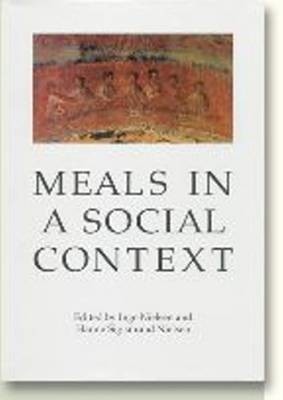
Format: Paperback
Pages: 248
ISBN: 9788779340060
Pub Date: 31 Mar 2001
Series: Aarhus Studies in Mediterranean Antiquity
Illustrations: illus
Description:
This collection of outstanding essays gives an in-depth look at the role of meals in creating a sense of family and community in the Mediterranean world in the Hellenistic and Roman periods. By looking at the dining habits of Greeks and Romans, Jews and Christians, Essenes and Therapeutes, an international cadre of scholars provides insight into how social mores and etiquette were passed on to children, how family life increased in importance for Christians, the conflict in styles when Greeks and Romans met, and how meals attained and sustained religious significance. Other topics include funerary banquets; the etiquette of a formal dinner; the position of women at meals; royal feasts; the development of the Eucharist as a separate ritual; the architecture of the Greek andron and the Roman triclinium, early synagogues and temples; the diets of each culture.
A separate chapter discusses the provision of food for the hungry and the public ownership of the sea, salt and fish.









